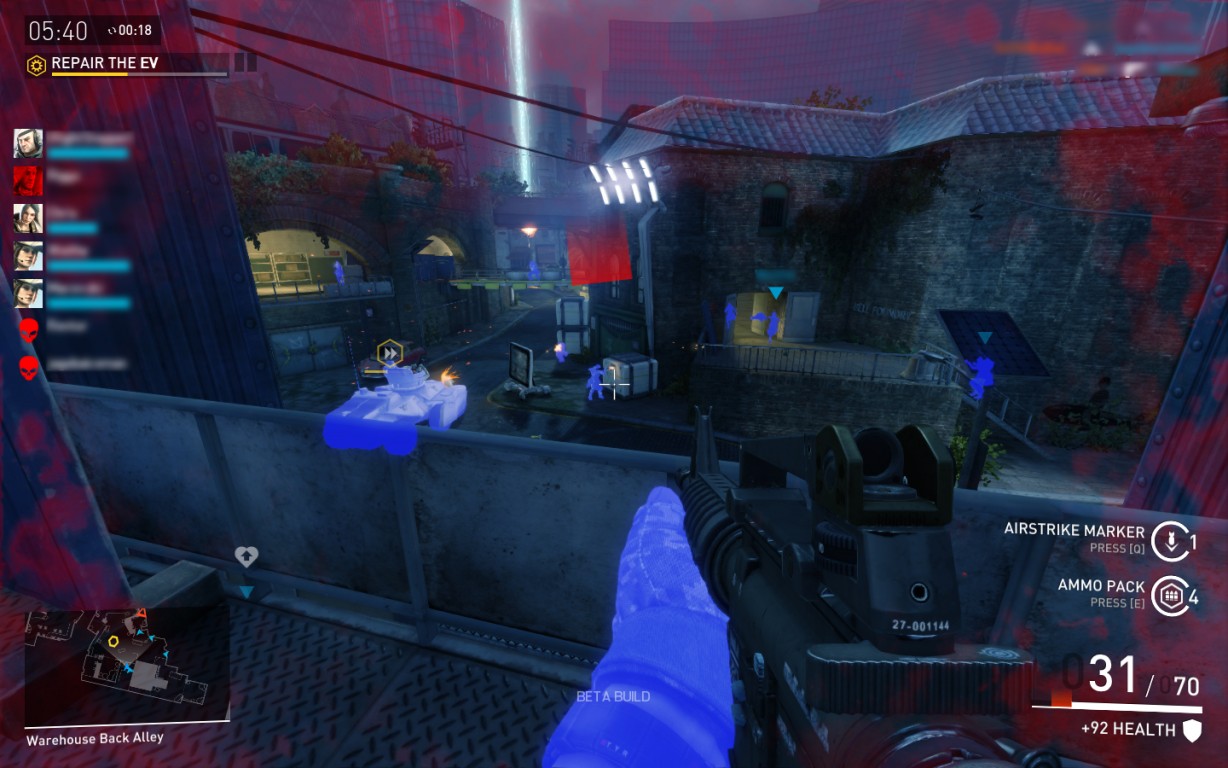
Meanwhile, the mushroom cloud from a nuclear explosion could cover tens to hundreds of square miles, spreading fine particles of nuclear material – radioactive fallout – over that area, DHS says. The conventional explosives in a dirty bomb may only flatten or damage a few buildings. For instance, the atomic bomb dropped on Nagasaki in 1945 obliterated 2.6 square miles (6.2 square kilometers) of the city, according to ICAN, the International Campaign to Abolish Nuclear Weapons. The blast from a nuclear weapon can flatten entire cities. “A nuclear bomb creates an explosion that is thousands to millions of times more powerful than any conventional explosive that might be used in a dirty bomb,” according to a fact sheet from the US Department of Homeland Security (DHS). The blast from a nuclear weapon is generated by a nuclear reaction, such as the atomic bombs the US dropped on Japan in World War II. The blast from a dirty bomb is generated by conventional explosives. In a tweet on October 24, Ukrainian Foreign Minister Dmytro Kuleba said: “Unlike Russia, Ukraine has always been and remains transparent. The IAEA did not give the location of the two sites. The International Atomic Energy Agency (IAEA) said it was “aware of statements made by the Russian Federation on Sunday about alleged activities at two nuclear locations in Ukraine,” according to a news release on the agency’s website. The UN’s nuclear watchdog said on October 24 it will send inspectors to visit two nuclear locations in Ukraine after receiving a request to do so from authorities in Kyiv. The White House said on October 24 it is “monitoring as best we can” any potential preparations for use of a dirty bomb in Ukraine but doesn’t see anything to indicate the imminent use of such a weapon. “Everyone understands everything well, understands who is the source of everything dirty that can be imagined in this war,” Ukrainian President Volodymyr Zelensky said in his nightly address on October 23.

Russia’s allegations have been strongly refuted by Ukraine, the United States, the United Kingdom, the European Union and NATO, which have in turn accused Moscow of trying to launch its own false-flag operation.

Russian Defense Minister Sergei Shoigu is driven along Red Square during the Victory Day military parade in Moscow on May 9, 2022. Shoigu also made similar comments to his French and British counterparts.įollowing a closed door UN Security Council meeting on October 25, Russia’s Deputy Ambassador to the UN told reporters that he told the Council his nation believes there are two facilities in Ukraine potentially working on constructing a dirty bomb.

Russian Defense Minister Sergei Shoigu made the claim in a call with US Defense Secretary Lloyd Austin on October 23, according to a US official familiar with the conversation. “The purpose of this provocation is to accuse Russia of using weapons of mass destruction in the Ukrainian theater of operations and thereby launch a powerful anti-Russian campaign in the world aimed at undermining confidence in Moscow,” claimed Igor Kirillov, chief of Russia’s Radiation, Chemical and Biological Protection Forces.

The Russian Defense Ministry said in a briefing on October 24 it has information that shows Kyiv is planning a provocation related to the detonation of a dirty bomb. Without providing any evidence, Moscow claims there are scientific institutions in Ukraine housing the technology needed to create a dirty bomb – and accuses Kyiv of planning to use it. Ukrainian officials have repeatedly denied Moscow’s accusations and Kyiv’s foreign minister has invited UN inspectors to visit Ukraine to show they “have nothing to hide.” It is often referred to as a weapon for terrorists, not countries, as it is designed to spread fear and panic more than eliminate any military target. Russia is accusing Ukraine of planning to use a so-called dirty bomb, an allegation dismissed by Kyiv and its Western allies as a false-flag operation that Moscow could use as a pretext to escalate the Kremlin’s war against its neighbor.Ī dirty bomb is a weapon that combines conventional explosives like dynamite and radioactive material like uranium.


 0 kommentar(er)
0 kommentar(er)
